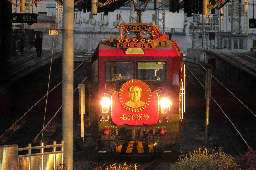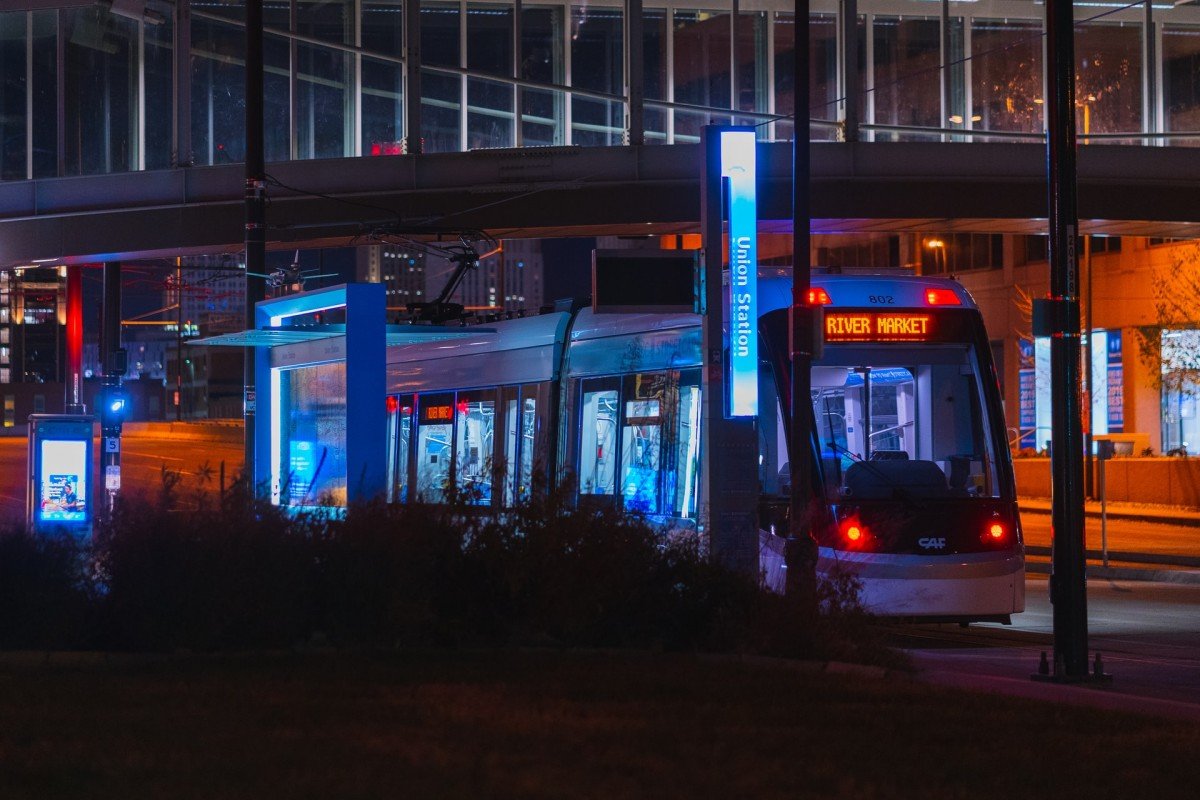Almost 90% of the riders surveyed said they rode the buses more as a result of Zero Fare. About 92% said it allowed them to shop for food more often; 88% said they could see their healthcare providers more easily or more often; 82% said it allowed them to get or keep a job; and 86% said it made them feel like city leadership is concerned about their needs — a sore subject for mostly-Black East Side residents, who often complain that the city pays more attention to its whiter and more affluent west side.
:quagsire-pog:
First up: securing a continued source for funding to support Zero Fare. It costs the city treasury anywhere from $8-10 million annually to cover the cost of foregone fares. The elimination of fare collection costs covers some of this shortfall, but there is still no stable source of money to cover the rest. Federal pandemic relief has been picking up the tab so far, but that will soon run out. What then?
The KCATA will use a $500,000 grant the Federal Transit Administration awarded it in June to study potential answers to that question. One possibility: Ask the voters to pay a little more at the cash register. Two sales taxes currently fund KCATA capital programs and operations: a half-cent sales tax authorized by the Missouri legislature in 1971, and a three-eighths-cent tax approved by city voters in 2003. (Those funds are already under threat. A transit advocacy group in 2016 accused the city of continually shortchanging the KCATA by using sales tax money for other purposes, and The Kansas City Star reported this month that the city is attempting to divert $22 million of transit sales tax revenue for other projects.)

